- Italy
- Things to do in Pompeii
- Herculaneum Archaeological Park
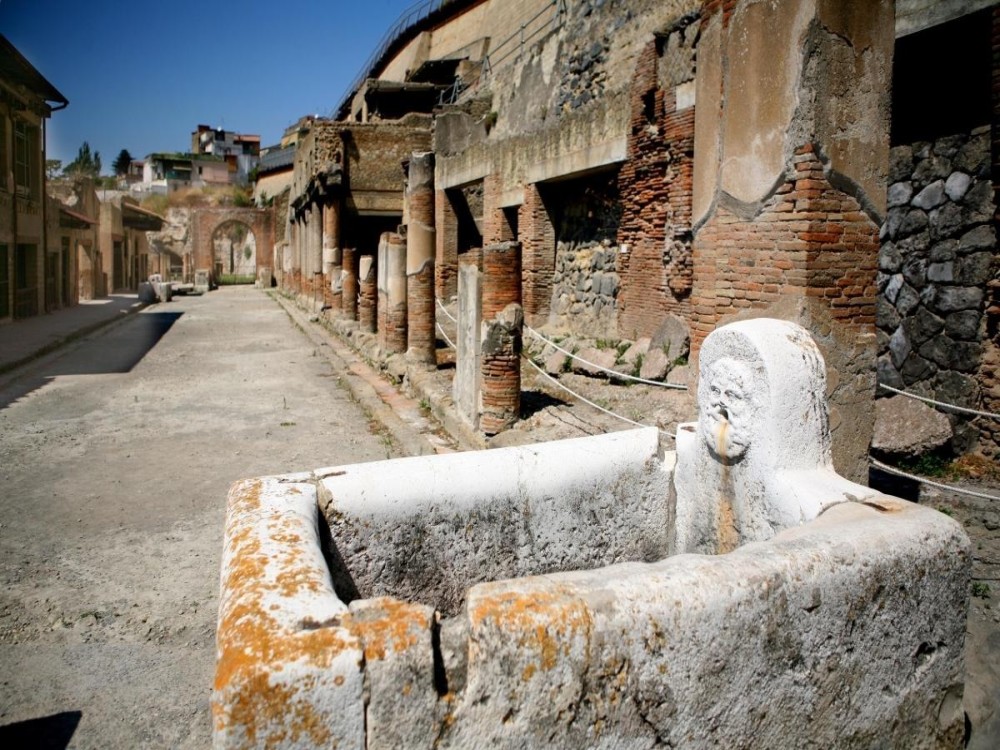
Herculaneum Archaeological Park
Less famous than Pompeii but equally fascinating, Herculaneum Archaeological Park offers a well-preserved glimpse into ancient Roman life. When Mount Vesuvius erupted in 79 AD, this wealthy seaside town was buried under volcanic mud, preserving wooden structures, frescoes, and even household items in remarkable detail. Unlike Pompeii, which was covered in ash, Herculaneum’s thick layer of mud helped protect its buildings, giving visitors a more intimate look at Roman homes, shops, and daily life. For those visiting Pompeii, a trip to Herculaneum is a must to fully understand the impact of the eruption.
Herculaneum Archaeological Park Tours & Excursions
The Basics
Herculaneum is smaller than Pompeii but offers an incredibly detailed look at Roman civilization. The site features luxurious villas with intact mosaics and frescoes, bathhouses, and even preserved wooden furniture. Key attractions include the House of the Deer, the Samnite House, and the Villa of the Papyri, which contained a vast library of ancient scrolls. The site’s boathouses are particularly haunting, as they contain the remains of people who perished while trying to escape. Herculaneum’s compact size makes it easier to explore in a few hours compared to the vast ruins of Pompeii.
Things to Know Before You Go
Herculaneum is well-preserved but still requires some walking over uneven surfaces, so comfortable shoes are recommended. The site is smaller and less crowded than Pompeii, making it a great alternative for visitors who prefer a more relaxed experience. There is limited shade, so bring sunscreen, a hat, and water, especially in summer. Unlike Pompeii, Herculaneum offers more complete structures with second floors still intact, providing a unique perspective on Roman architecture. Guided tours and audio guides are available to enhance your visit.
How to Get There
Herculaneum is very easy to reach from Pompeii. The quickest way is by train on the Circumvesuviana line, which connects Pompeii to Ercolano Scavi station in about 20 minutes. From the station, it’s just a short 10-minute walk to the entrance of the archaeological park. If you’re driving, there is a parking lot near the site. Alternatively, guided tours often include transportation from Pompeii, making it an effortless excursion.

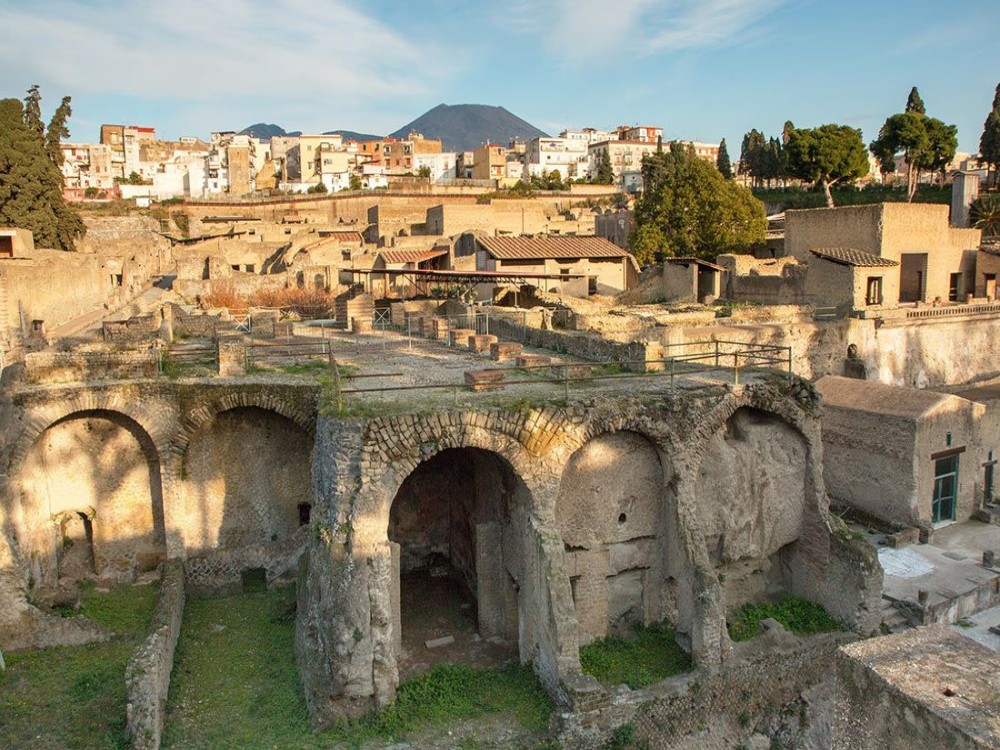

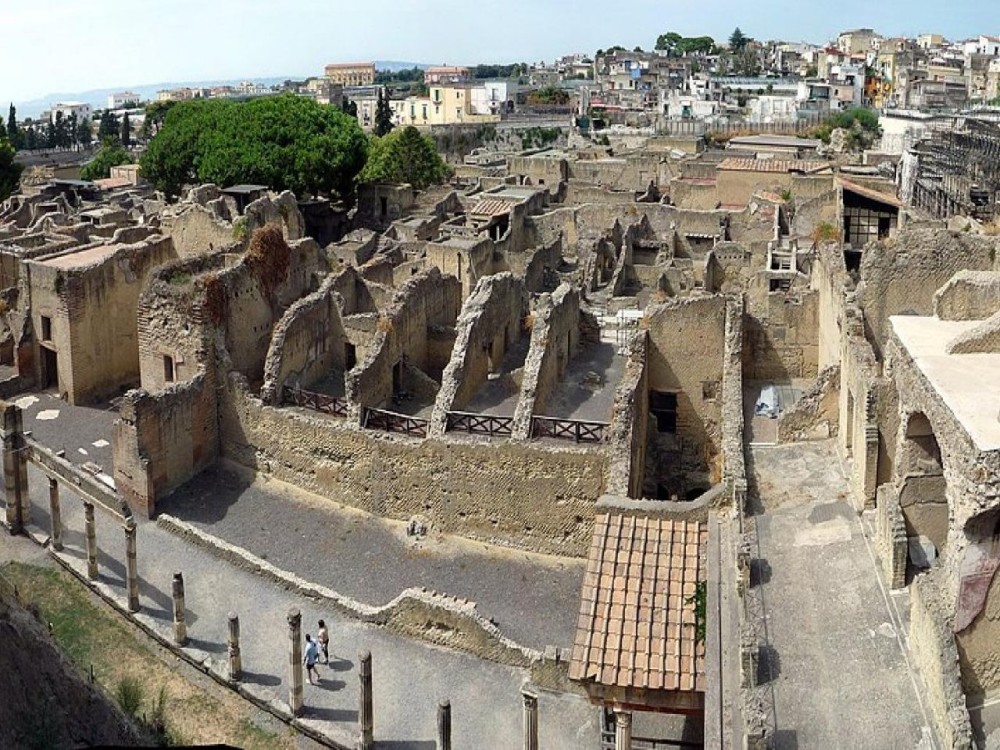

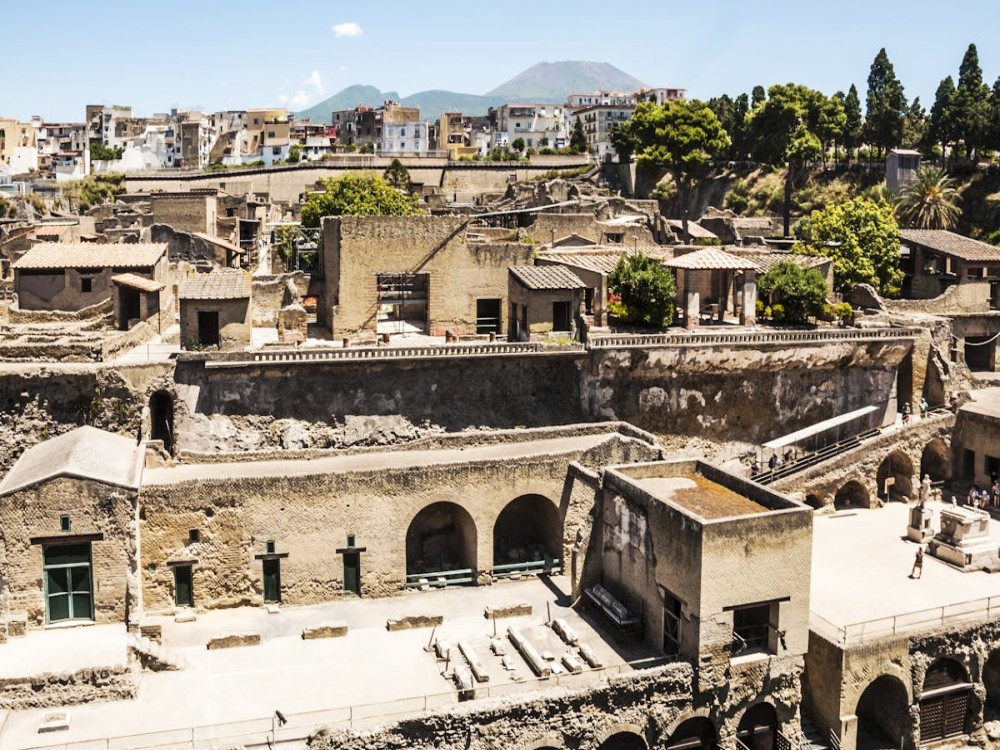
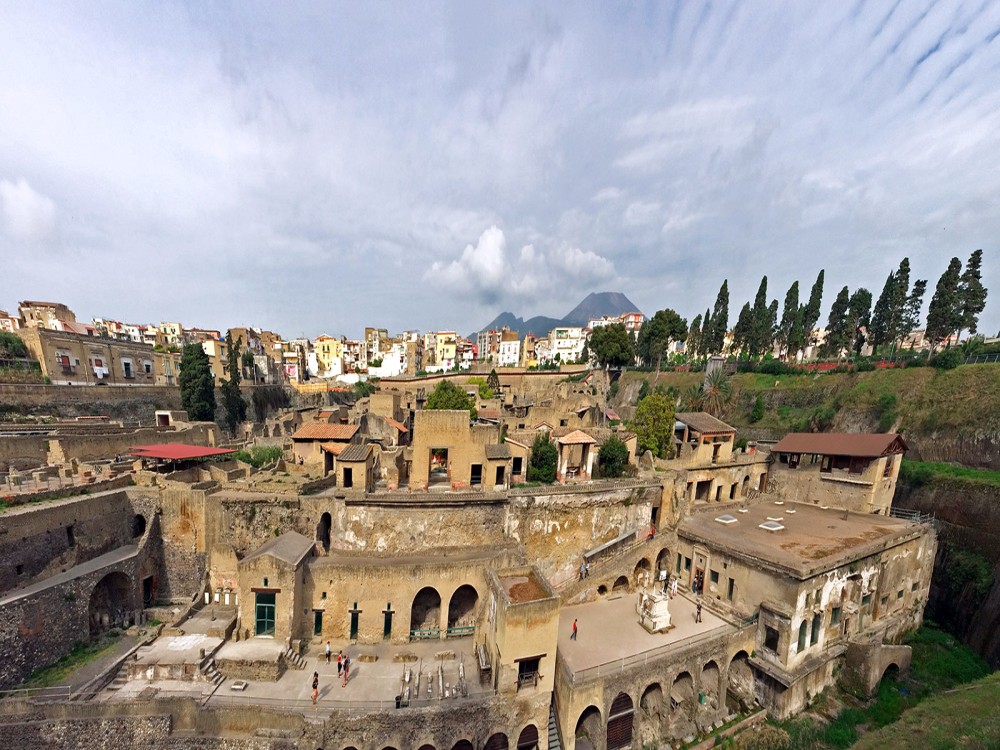
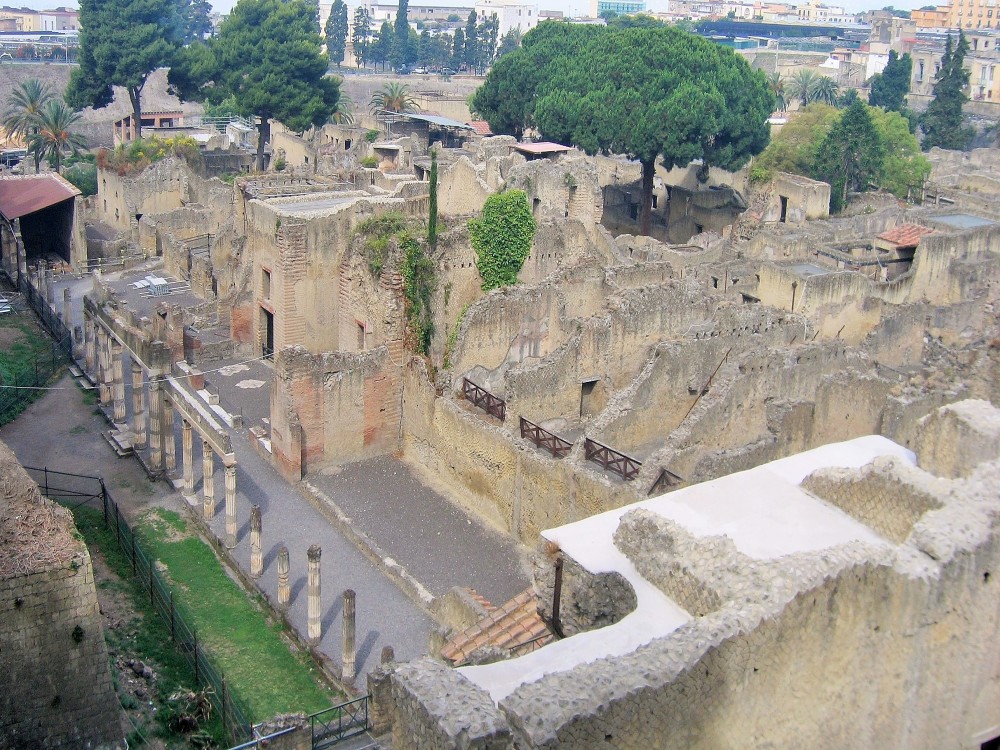
When to Get There
The best time to visit Herculaneum is in the spring (April–June) and early autumn (September–October), when temperatures are mild and crowds are smaller. Summer months can be hot, so visiting early in the morning or later in the afternoon is recommended. Unlike Pompeii, Herculaneum tends to be less crowded year-round, making it a great alternative for visitors looking for a more peaceful experience. In winter, the site remains open, but some areas may have restricted access due to weather conditions.
Day Trips from Pompeii
A visit to Herculaneum is a perfect half-day trip from Pompeii. You can explore the site in about two to three hours, making it ideal to combine with other nearby attractions. Many visitors pair Herculaneum with a hike up Mount Vesuvius, where you can see the volcano that buried both cities. The National Archaeological Museum in Naples, which houses many artifacts from Herculaneum, is another great addition to your itinerary. Whether you’re fascinated by history or just looking for a quieter alternative to Pompeii, Herculaneum is a must-visit.
Copyright © 2025 All Rights Reserved


